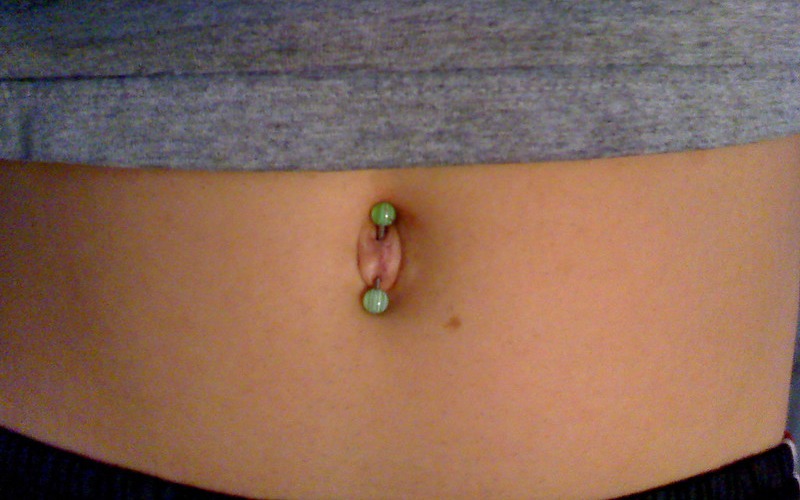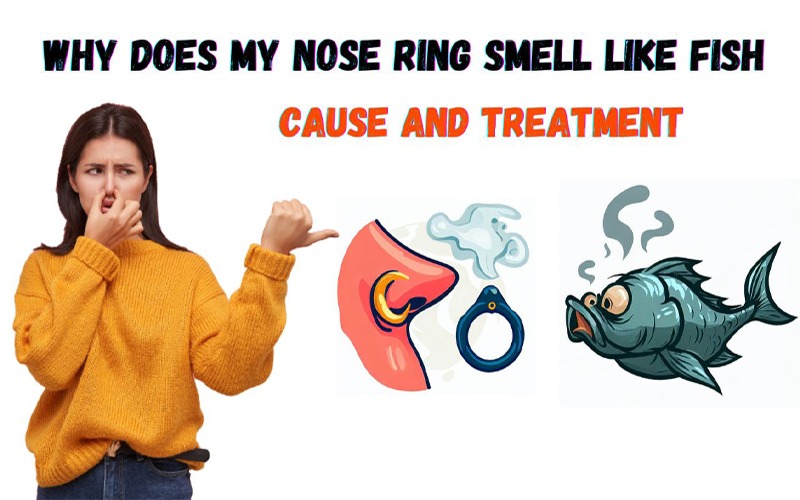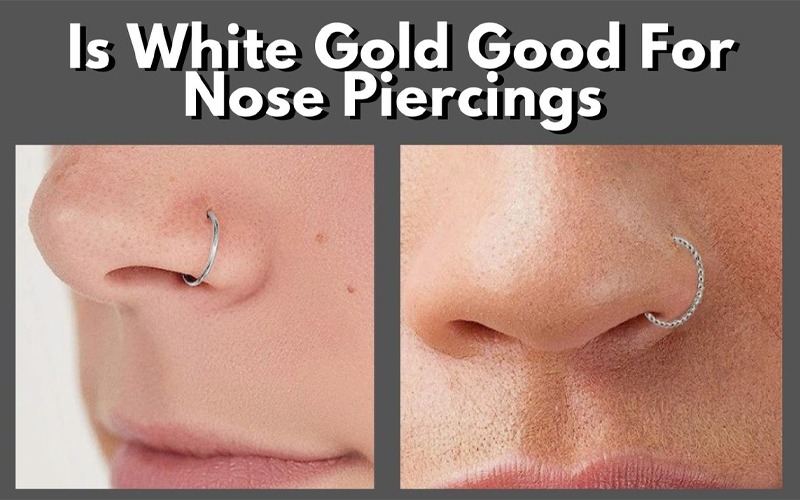A belly button piercing involves puncturing the navel area for decorative jewelry. Proper aftercare is essential to ensure healing and minimize complications like infection or irritation.
But sometimes, belly button piercings can get discolored due to factors like irritation, allergic reactions to jewelry materials, inflammation during healing, infection, hypertrophic scarring, or the body’s rejection response, which can lead to changes in skin color.
So how to get rid of discoloration around the belly button piercing? Well, to alleviate discoloration around a belly button piercing, maintain rigorous aftercare by cleaning the area with a saline solution, and select hypoallergenic, high-quality jewelry to reduce irritation.
Minimize handling and avoid twisting the jewelry to prevent further irritation. Keep the area dry after cleaning and opt for loose-fitting clothing to minimize friction. Monitor for infection signs and seek medical assistance if necessary.
How Can I Prevent Discoloration Around My Belly Button Piercing

Today here we will tell you 10 essential ways and aftercare for avoiding and getting rid of discoloration around belly button piercing. So let’s see what to do to avoid discoloration around the belly button piercing.
1. Proper Aftercare:
Follow the aftercare instructions provided by your piercer diligently. This often involves cleaning the piercing with a saline solution (a mixture of non-iodized sea salt and warm water) twice a day.
Proper cleaning prevents infection and promotes healing, which can, in turn, reduce discoloration.
2. Gentle Handling:
Avoid touching or twisting the jewelry with unwashed hands, as this can introduce bacteria and prolong healing. Handle the piercing minimally to prevent further irritation.
3. Quality Jewelry:
Invest in high-quality, hypoallergenic jewelry materials like surgical steel, titanium, or niobium. These materials are less likely to cause allergic reactions and discoloration.
4. Dry The Area:
Moisture can exacerbate irritation and discoloration. After cleaning, gently pat the area dry with a clean, disposable paper towel to keep it dry.
5. Avoid Harsh Cleaning Products:
Refrain from using alcohol, hydrogen peroxide, or other harsh cleaning agents, as they can further irritate the skin. Stick to saline solution or a solution recommended by your piercer.
6. Warm Compress:
Applying a warm, damp cloth or sterile saline-soaked gauze to the area for a few minutes can help soothe irritation, reduce inflammation, and potentially alleviate discoloration.
7. Anti-Inflammatory Options:
Consult with a healthcare professional before using over-the-counter anti-inflammatory creams or ointments. These products may help reduce redness and swelling but should be used with caution.
8. Maintain Good Hygiene:
Regularly clean the area around your piercing, especially during showers and baths. Keep the piercing and its surroundings free from dirt and bacteria.
9. Loose-Fitting Clothing:
Opt for loose-fitting clothing that doesn’t rub against the piercing, as friction can cause irritation and worsen discoloration.
10. Consult A Professional:
If discoloration persists or worsens despite your best efforts, consult with a professional piercer or a healthcare provider. They can assess the situation and provide personalized advice and treatment options.
So these are the 10 essential steps that you should follow if you notice any discoloration or avoid discoloration around belly button piercing. And following these same steps you can also get rid of hyperpigmentation around the belly button piercing.
Why Is There Discoloration Around My Belly Button Piercing
Discoloration around a belly button piercing can occur due to several reasons, and it’s essential to understand these factors to address the issue properly:
Healing Process:
During the initial healing stage, the body’s natural response to a piercing is inflammation. This can result in redness and swelling around the piercing site, causing temporary discoloration. This is normal and typically subsides as the piercing heals.
Irritation:
Excessive movement or touching of the jewelry, wearing tight clothing that rubs against the piercing, or using harsh cleaning products can irritate the skin around the piercing, leading to discoloration.
Jewelry Material:
Low-quality or nickel-based jewelry can cause allergic reactions or skin sensitivities, resulting in redness and discoloration.
Infection:
Bacterial or fungal infections can lead to increased redness, swelling, and pus around the piercing, causing discoloration if left untreated.
Hypertrophic Scarring:
In some cases, the body’s excessive collagen production during the healing process can result in raised, red bumps called hypertrophic scars, which can contribute to discoloration.
Migration Or Rejection:
Occasionally, the body may attempt to push out a foreign object (the jewelry), leading to changes in the appearance of the piercing site, including discoloration.
Understanding the specific cause of discoloration is essential for implementing the appropriate remedies and ensuring a healthy healing process. If the discoloration persists or worsens, it’s advisable to consult a professional piercer or healthcare provider for a proper assessment and guidance on how to address the issue effectively.
Frequently Asked Questions
Q: Is discoloration around my belly button piercing normal?
A: Yes, discoloration around a belly button piercing can be normal, especially during the initial healing phase. The body’s natural inflammatory response can lead to temporary redness and swelling.
However, if discoloration is severe, prolonged, or accompanied by signs of infection, professional evaluation is advisable to rule out any issues.
Q: What should I do if I notice discoloration around my piercing?
A: If you notice discoloration around your piercing, clean it with saline solution, use hypoallergenic jewelry, avoid touching or twisting the jewelry, and keep the area dry. Monitor for signs of infection and seek professional advice if needed.
Q: Can changing jewelry help with discoloration?
A: Yes, changing to high-quality, hypoallergenic jewelry made of materials like surgical steel or titanium can help reduce discoloration caused by irritation or allergies.
However, it’s essential to maintain proper aftercare and hygiene practices alongside changing jewelry for the best results.
Q: Should I remove the jewelry if there’s discoloration?
A: Removing the jewelry is not usually the first step when you notice discoloration. Instead, focus on proper aftercare and cleaning routines to address the issue.
Removing the jewelry can lead to the piercing closing or trapping infection, so it’s generally not advisable unless recommended by a professional piercer or healthcare provider due to a specific issue or complication.
If discoloration persists or worsens, consult with a professional for guidance on whether jewelry removal is necessary in your case.
Q: Can discoloration be a sign of rejection or migration?
A: Discoloration around a piercing can sometimes be associated with rejection or migration. When the body perceives the piercing as a foreign object, it may try to push it out, causing changes in the piercing’s appearance, including discoloration. Consult a professional if you suspect rejection or migration.
Q: Are there home remedies for discoloration around a belly button piercing?
A: While proper aftercare is crucial, there are limited home remedies for discoloration around a belly button piercing. Over-the-counter anti-inflammatory creams or warm saline compresses may help reduce redness and swelling but consult with a professional before using any products on your piercing. In most cases, consistent aftercare and patience are the best approaches.
Q: How long does it typically take for discoloration to go away?
A: The duration for discoloration around a belly button piercing to fade varies from person to person. It can take several weeks to a few months, depending on the individual’s healing process and the underlying cause of discoloration.
Q: Can allergies or sensitivities cause discoloration around the piercing?
A: Yes, allergies or sensitivities to jewelry materials, such as nickel, can cause discoloration and skin reactions around a piercing. Using hypoallergenic jewelry can help prevent such issues.
Final Words
In conclusion, here we have told you how to get rid of discoloration around belly button piercing. In addition, resolving discoloration around a belly button piercing requires a combination of proper care and patience.
Regular cleaning with a saline solution, using hypoallergenic jewelry, and minimizing jewelry manipulation are crucial steps. Keeping the area dry and wearing loose clothing can prevent further irritation.
Vigilance in monitoring for signs of infection is essential, and seeking professional advice if discoloration persists is recommended. With diligent adherence to these guidelines and a commitment to the healing process, the discoloration can gradually fade, allowing you to enjoy the aesthetic appeal of your belly button piercing with confidence.
Remember, healing times vary, so stay patient and stay the course for the best results.
Useful Links: Things To Know For Belly Button Piercing






Pingback: How To Get Rid Of Hyperpigmentation Around Belly Button Piercing